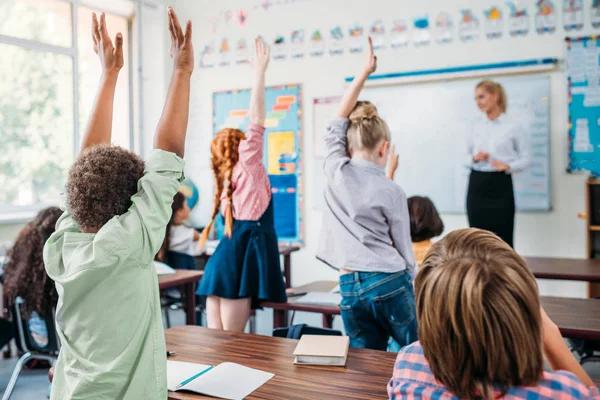Media has always played a significant role in shaping public opinion and influencing attitudes. In the context of education, it is no different. The media’s influence on educational attitudes can be seen at various levels, from individual learning approaches to societal perspectives on the importance of education.
One way that media influences educational attitudes is through its portrayal of success. Media often highlights stories of individuals who have achieved remarkable feats through formal education. These stories inspire students to pursue their studies diligently, fostering a positive attitude towards education. They also encourage society at large to value educational attainment.
The advent of digital technology has further amplified the media’s impact on educational attitudes. Online platforms like YouTube or Khan Academy offer countless educational resources that make learning more accessible and enjoyable for students worldwide. By promoting self-paced and personalized learning experiences, these platforms are reshaping traditional views about how effective learning occurs.
Furthermore, social media plays an essential role in shaping student’s attitudes towards their studies. For instance, study groups or academic communities on Facebook provide a platform where students can share knowledge and discuss academic topics freely. This collaborative environment nurtures positive attitudes towards group work and collective problem-solving – key aspects of modern-day learning.
However, it’s not all positive; there are instances where media may negatively influence educational attitudes as well. For example, excessive exposure to entertainment content might lead some students to develop a lackadaisical attitude towards studying or misperceive the amount of effort required for academic success.
Moreover, false information spread via social media can distort people’s understanding about various subjects or even discredit legitimate scientific researches – breeding skepticism towards certain fields of knowledge.
In addition to this dichotomy in effect (positive vs negative), one should also consider the differential impact based on demographic factors such as age group or socio-economic status when discussing media’s influence over educational attitudes.
Younger generations who grow up with digital technologies tend to be more receptive toward online learning tools compared with older generations. Similarly, students from affluent families are more likely to have access to premium educational content online, reinforcing socio-economic disparities in education.
In conclusion, media’s influence on educational attitudes is multifaceted and pervasive. It can inspire a positive attitude towards learning by highlighting the value of education and offering innovative learning resources. However, it can also foster negative attitudes through overexposure to non-educational content or dissemination of false information. As consumers of media, it is crucial for us to critically evaluate the content we consume and harness its power responsibly for our educational betterment.


